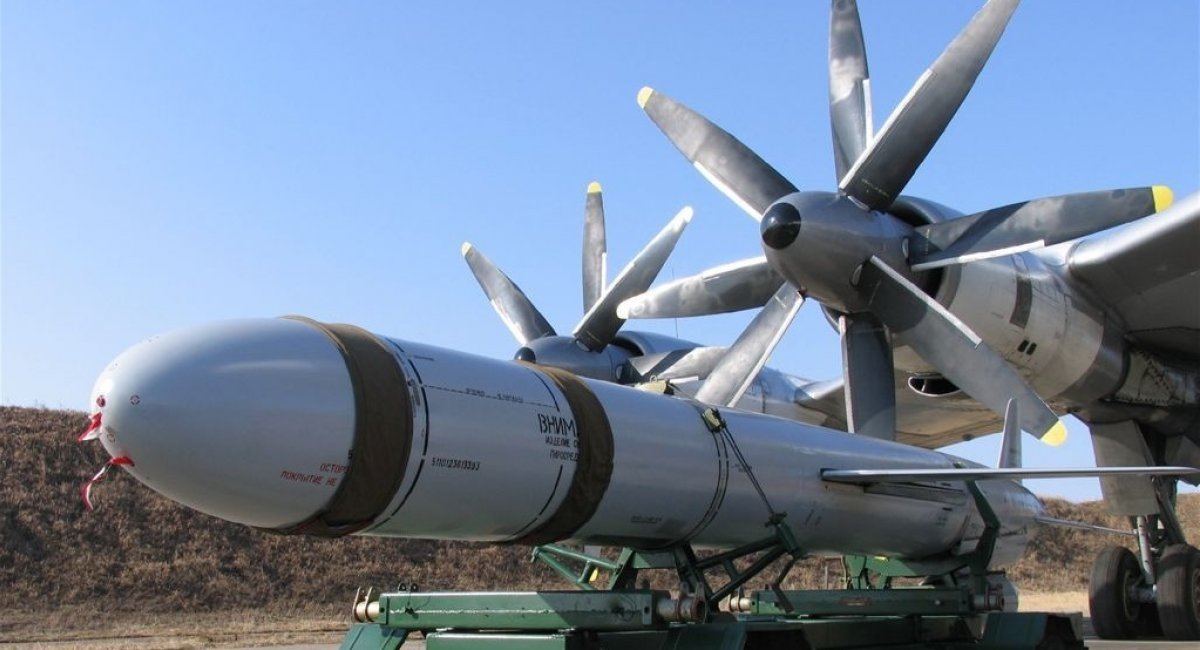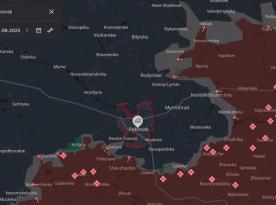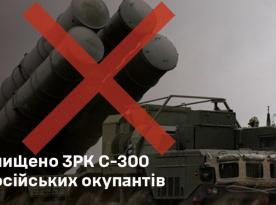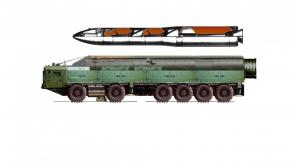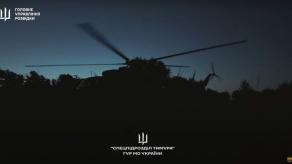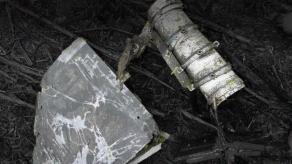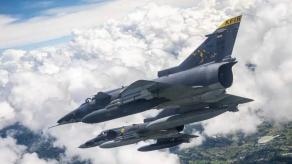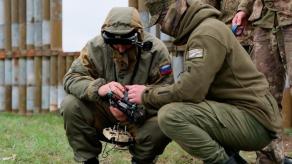The russian federation at least once used the Kh-55 cruise missile designed for a nuclear attack against Ukraine, but instead of a real warhead, it was equipped with an imitator, which is basically a large-scale mock-up.
At the same time, it is necessary to understand that the difference between the Kh-55 and its version with non-nuclear Kh-555 is not only in the type of warhead, although visually these missiles are mostly the same. The weight of the nuclear charge and its size are much smaller than the high-explosive warhead, due to that the design of the X-555 undergone changes and the size of the fuel tank was reduced there. So, formally, these are different missiles, it will not be possible to transform one into another by replacing the warhead "in the field".
Read more: Russia’s Tor-M2 Surface-to-Air Missile Didn’t Strike Ukrainian UAV, Got an M777 Shell For This Mistake (Video)

Air defense oversaturation
The first version of the applying the Kh-55 with a nuclear charge simulator is russia’s attempt to oversaturate the channeling of anti-aircraft missile systems. The fact is that Soviet air defense systems have a significant limitation on the number of targets they can fire at the same time, depending on the complex of 1-2 targets. So, in order to break through the air defense barrier, it is necessary to launch a large number of cruise missiles.
The obvious disadvantage of this version is that the Kh-55 with a charge simulator is a "dumb bomb" that cannot cause significant damage, because it does not contain explosives. Moreover, applying a cruise missile in order to ensure massiveness is an excessive consumption of resources even for the russian federation.
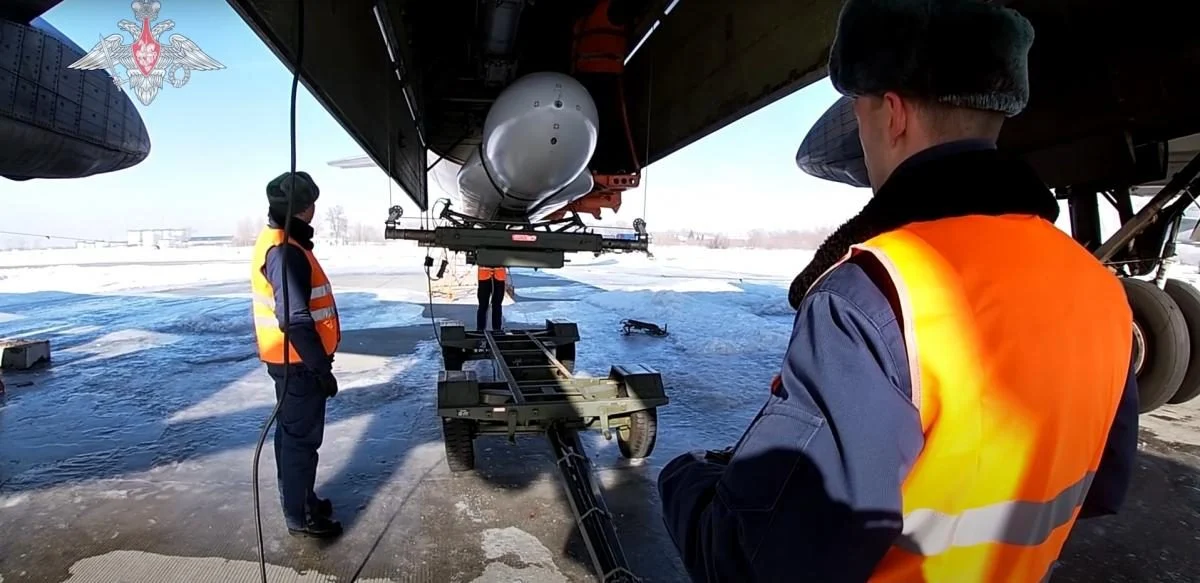
Threatening
Immediately after the missile attacks, many mass media came to the conclusion that it was actually russia that was trying to threaten. Saying, be aware, next time there might be not an imitator. But the fact that the Kremlin has nuclear weapons is obvious. And it is not doubtable that that the russian federation can apply it, given the dictator-psychopath at the head of an absolutely totalitarian-terrorist regime.
Also, the fact that russia is applying the Kh-55 could have been unknown, because there was a possibility that it would fall somewhere in the Dnipro or the sea, and it was unlikely that resources would be allocated to its search.
The SAM complex
At the same time, there is an unconfirmed option, which consists in the possibility of equipping the Kh-55 with a system of creating obstacles for radar stations. And let's immediately emphasize that the installation of electronic warfare systems on the Kh-55 is only an assumption.

But on-board EW systems for missiles were installed on anti-ship missiles P-500 (4B89 Shmel), P-700 (3B47 Quartz) even in Soviet times. There is unconfirmed information that they are also installed on the P-800 Onyx.
The Radioelectronic Technologies Concern (KRET) is developing EW systems for installation on cruise missiles. In particular, in 2018 it was reported about their integration into the Kh-101 and Kh-102 missiles. There was an assumption in the russian mass media that such EW complexes could be installed on the Kalibr missiles.
Thus, one of the rockets equipped with an EW system during a group launch can distract the radar, thereby covering a group of rockets and increasing their chances of breaking through air defense screens.
But the problem is that the layout of the Kh-55 and Kh-555 is extremely dense, and in order to integrate some new system there, it is necessary to free up space and weight. It is possible to make an extremely cautious assumption that it is not possible to do this in the already modified X-555 due to the significantly larger size and dimensions of the warhead.

At the same time, space, weight and power of the power generator are freed up for the Kh-55, possibly by removing a number of systems for maintaining the combat capability of the special combat unit. And the presence of the simulator itself is connected with ensuring the balancing of the rocket itself.
Intelligence
According to another option, the Kh-55 with a simulator of a nuclear charge was intended for reconnaissance. Like the electronic communications station, the Kh-55 may have integrated a complex of radio-technical intelligence and means of information transmission.
In this way, a cruise missile during its flight can record the radiation of radar stations and transmit their coordinates, types and other information. And all this data is later used to form flight missions for further assaults. But this version again rests on a significant redesign of the Kh-55 itself and the installation of rather energy-consuming systems on it. And also the absence of mention of such works in russia.
Error or corruption
Of course, mistakes and corruption may have also taken place. It is possible to assume that the Kh-55 missile with a simulator was delivered to the airfield, received a flight task, while according to all documents it was the Kh-555.
The reason for such a failure could be the human factor, when the serial numbers had been mixed up. But it is doubtful that such a discrepancy was left unseen during regular maintenance. Even during rocket weighing, since the weight of the Kh-55 and Kh-555 is different.
At the same time, there is an option when the russian federation converted the Kh-55 into the Kh-555. According to the documents, this missile could go through all the necessary high-cost procedures, and eventually become just a dummy of the Kh-555 and go to the "intact reserve" with the certainty that it would never be used and disposed later.
In any case, the further study of the wreckage of the downed missile with a nuclear charge simulator may reject some options, so it is quite possible to wait for the results of the work of Ukrainian specialists.
Read more: The First Reviews of the Black Hornet Nano Drone In the Armed Forces of Ukraine: What Tasks Most Applicable For It




